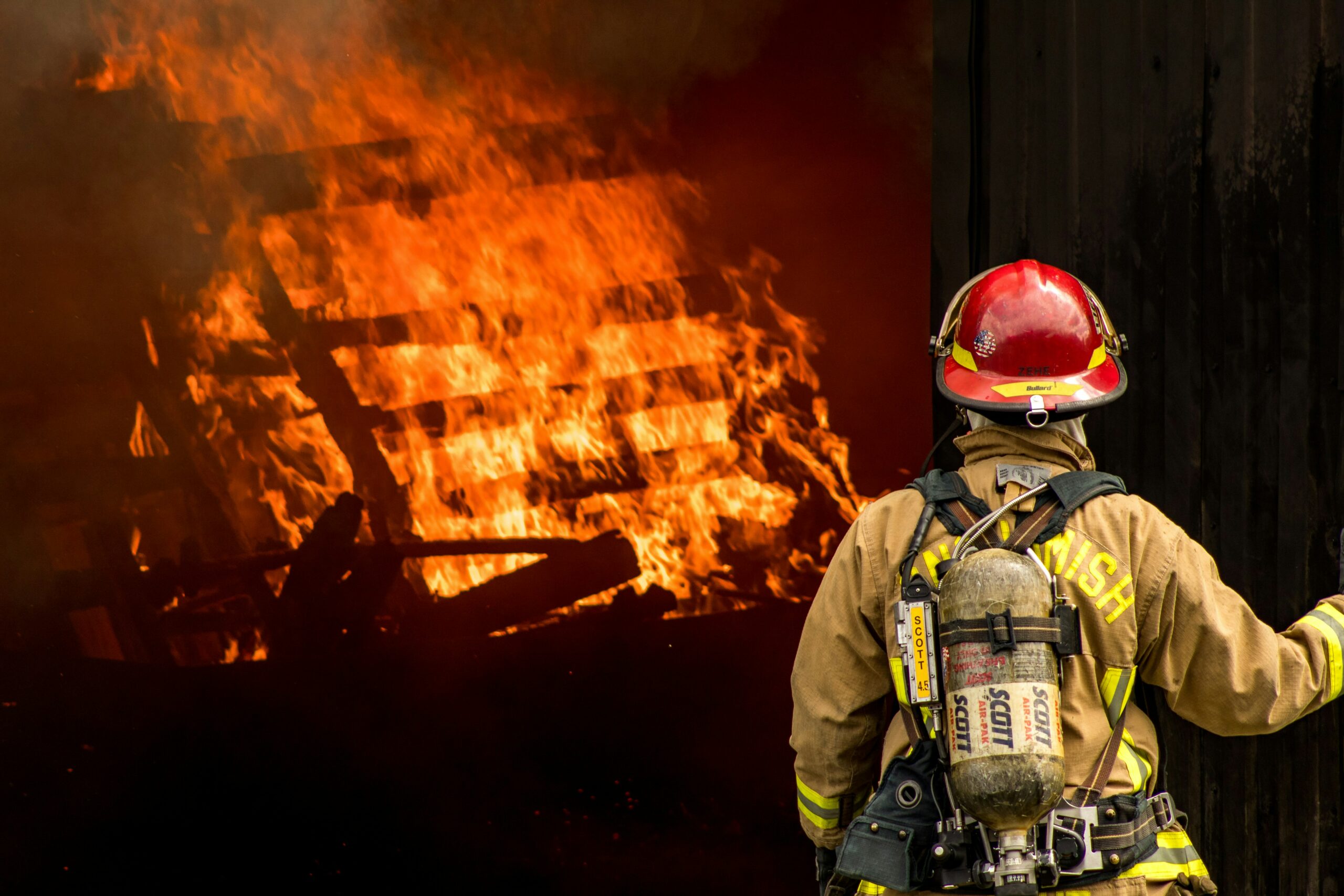In the event of a fire outbreak within a commercial establishment, time becomes a critical factor in containing the situation. Implementing measures to slow down the spread of flames and mitigate potential damages becomes imperative. This is precisely where fire doors play a pivotal role. Designed specifically to withstand the intense heat of fires for a certain duration, fire doors serve as temporary barriers, preventing flames from engulfing different sections of a building. The presence of fire doors can significantly aid in facilitating the safe evacuation of occupants and minimizing property loss.
However, adherence to the standards set by the National Fire Protection Association (NFPA), particularly NFPA 80, underscores the importance of regular inspection and maintenance of fire doors to ensure their effectiveness. Below, we delve into the functionality of fire doors and offer insights into best practices for their upkeep.
Understanding Fire Doors
Fire doors are meticulously engineered fire-resistant barriers crafted to act as shields against heat and to impede the spread of fire and smoke. In the event of a fire, these doors are designed to close automatically. Manufactured in compliance with specific regulations, including safety codes outlined by the NFPA and the International Fire Code, fire doors consist of various components such as the door itself, door frame, hinges, handles, and additional hardware. Together, these components are engineered to endure fire exposure for a predetermined period, thereby slowing down the progression of flames and smoke throughout the affected premises.
Fire doors come in diverse sizes, materials, and configurations, including swinging, sliding, hinged, or rolling variations. Typically installed within wall openings and stairwells, fire doors serve to prevent the spread of fire within the same floor of a building and between different stories. Some fire doors are designed to remain closed permanently, while others feature fusible links, which automatically activate in the presence of heat, allowing the doors to close when necessary. Each fire door is assigned a resistance rating, indicating the duration it can withstand fire exposure before succumbing to heat and smoke, with ratings ranging from 20 minutes to three hours.
Fire doors play a crucial role in establishing fire divisions within a property, which delineate areas where fire prevention measures are in place to contain the spread of fire. Properties with approved fire divisions, including fire doors, may benefit from reduced insurance rates due to lower fire risk.
Legal mandates necessitate the installation of fire doors in designated areas within commercial buildings, such as stairwells, public corridors, and hallways. However, precise requirements may vary by state and city.
Maintaining Fire Doors
While fire doors offer significant advantages, their effectiveness hinges on proper maintenance. The NFPA stipulates the following installation, inspection, and maintenance requirements:
- Ensure all fire doors feature a fire label and resistance rating from recognized safety certification organizations.
- Entrust the installation and modification of fire doors only to competent, qualified contractors to avoid compromising their effectiveness.
- Regularly inspect fire doors for damages and ensure proper functioning. Schedule repairs promptly as needed.
- Conduct annual visual inspections and drop tests, particularly for rolling doors, to confirm their proper operation.
Furthermore, many insurance providers mandate annual fire safety inspections, including fire door testing, to ensure compliance with fire and building codes.
For comprehensive risk management guidance, feel free to reach out to us today.
Knauf Maxwell Insurance Services
This Commercial Property Insights provides general information and does not constitute legal advice. Readers are encouraged to consult legal counsel or licensed insurance professionals for tailored guidance. © 2024 Knauf Maxwell Insurance Services. All rights reserved.





